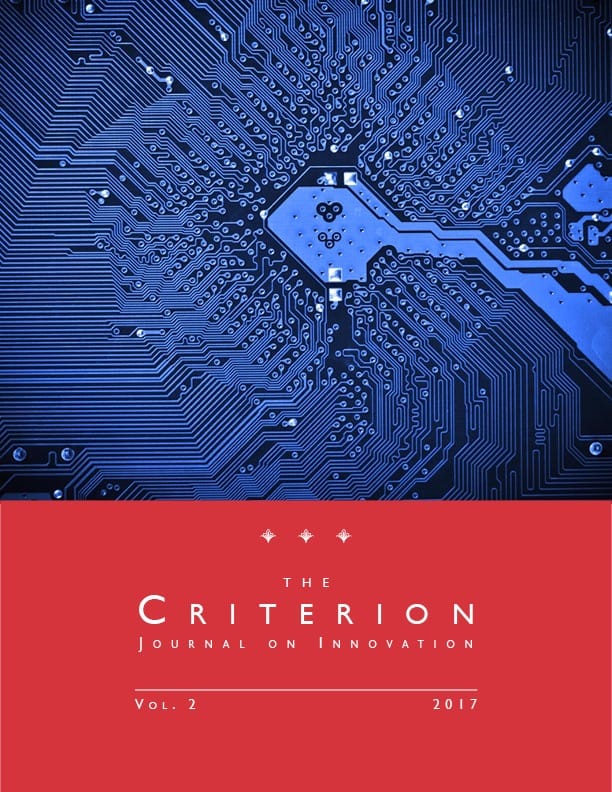Patent Exhaustion After Impression Products
Purchase a reprint version of the Article (Amazon) | Read the Article (PDF) | Download the Article (PDF) Download the Article (PDF)Looking for a landmark ruling on patent exhaustion, the patent community got just that in the Supreme Court’s May 2017 decision in Impression Products, Inc. v. Lexmark International, Inc. The Court has been deciding a steady diet of patent cases for much of the last decade and has been rejecting the U.S. Court of Appeals for the Federal Circuit’s rulings in those cases almost routinely. The Federal Circuit is now 0 for 5 in the October 2016 term, by far the worst record of any of the federal courts of appeals. Most of those decisions reflect a cautious reluctance on the part of the Supreme Court to say more than is necessary to decide the case before it, founded on an evident reluctance to wreak far-reaching and destabilizing consequences on the innovative markets for which patent doctrine is so important. In Impression Products, by contrast, the opinion of Chief Justice John Roberts displays a confident and assertive verve, full of quotable maxims certain to populate the U.S. Reports for decades to come. More surprisingly, the opinion attracted the votes of all the eight active justices except for Justice Ruth Bader Ginsburg (who dissented only from the Court’s resolution of the cross-border question discussed at the end of this essay).
Impression Products involves the doctrine of “exhaustion,” under which a patentholder’s rights to enforce its patent ordinarily are “exhausted” with regard to any particular object at the moment the patentholder sells the object. As applied to this case, for example, Lexmark’s rights to control the use of its patented refillable print cartridges would be “exhausted” when it sells those cartridges to retail buyers, even if Lexmark conditions the sale on the promise that the buyer will not refill the cartridge. That, at any rate, is the argument of Impression Products, which makes a business out of refilling Lexmark cartridges in violation of those agreements. Lexmark’s argument, by contrast, supported by a quarter-century of Federal Circuit precedent, is that modern commerce requires that innovators have the flexibility to devise contracting structures that segment the market into separate sectors, each of which gets a different price commensurate with the uses to which products will be put in that sector.

Cite as
Ronald J. Mann, Patent Exhaustion After Impression Products, 2 Criterion J. on Innovation 39 (2017).
